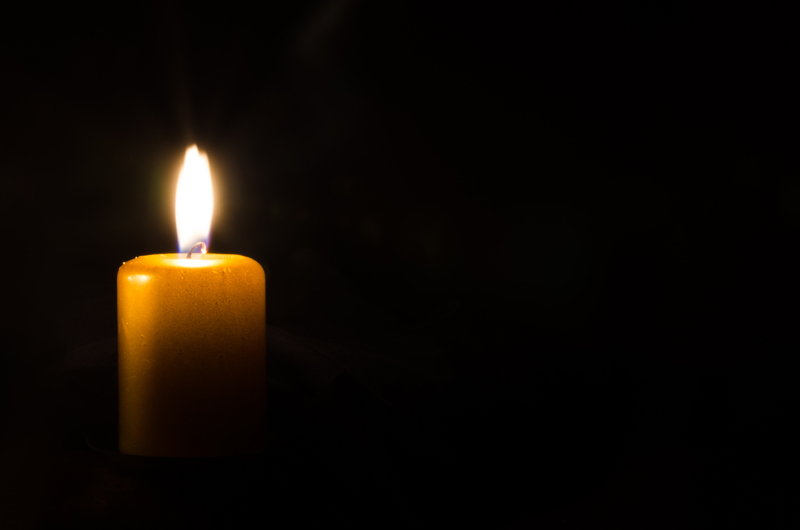The Science Behind Piano Moving and Why It's Not a DIY Job
Introduction: The Awe-Inspiring Complexity of Piano Moving
Pianos are cherished musical instruments that blend artistry with intricate engineering. Whether grand or upright, their elegant facades conceal a labyrinth of tensioned wires, delicately balanced hammers, and precisely weighted keys. While it may be tempting to tackle the task of moving a piano on your own, understanding the science behind piano moving reveals why this is a job best left to professionals. In this comprehensive article, we'll explore the mechanical challenges, safety hazards, and specialized techniques involved in safely relocating pianos, and why recognizing the complexity of piano transport is crucial for any owner.

The Anatomy and Delicate Nature of the Piano
1. The Structure: More Than Meets the Eye
At its core, a piano is a blend of delicate woods, finely-tuned strings, and robust metal frames. Upright pianos typically weigh between 300 and 600 pounds, while grand pianos can easily surpass 1,000 pounds. However, weight alone is not the issue--it's the distribution of mass and the fragile components within that present the primary challenge.
- Strings, Keys, and Hammers: Most pianos contain over 200 tightly-strung wires, each under intense tension. Mishandling can pop a string or misalign a hammer, compromising playability.
- Irregular Weight: The soundboard and cast-iron plate account for most of the mass, but this weight isn't evenly distributed.
- Delicate Finish: The woodwork commonly features high-gloss finishes prone to chips and scratches, especially during corners or doorways navigation.
2. Stability and Gravity
Pianos possess a high center of gravity, particularly upright models. Their tall, narrow profiles make tipping a constant risk during movement. Specialized dollies and stabilizing techniques are essential to avoid catastrophic tumbles. Grands offer different challenges, spread over three spindly legs and an oversized, asymmetrical frame.
The Physics of Piano Moving: It's Not Just Heavy Lifting
1. Forces at Work: Leverage, Momentum, and Torque
Understanding the forces at play is central to appreciating why piano moving is no simple task. Attempting a DIY piano move often overlooks crucial aspects of physical science:
- Leverage: The shape and mass distribution make pianos awkward to grip and lift, sometimes requiring custom-fitted harnesses for safe transport.
- Momentum: Once a piano begins to tilt or slide, its immense mass generates significant momentum--difficult to stop without professional-grade restraints and training.
- Tipping and Torque: Improper lifting angles or leaning the piano can generate twisting (torque) stresses, cracking internal components or damaging casters and frames.
2. Mathematical Calculations Matter
Professional piano movers compute clearances, turning radii, and weight-bearing limitations of floors and stairs. This isn't guesswork--it's essential to avoid catastrophic accidents:
- Clearance: Measuring both the piano and all pathways minimizes risk of getting stuck or inflicting property damage.
- Load Dispersal: Overburdening a staircase or landing can lead to collapse or injury, especially in older homes.
Professional Piano Movers: Tools, Techniques, and Training
1. Specialized Equipment for Piano Moving
Reputable piano moving companies invest in a range of scientifically engineered tools that go beyond standard moving dollies and blankets:
- Piano Skid Board: An essential platform, often padded and fitted, designed to support the instrument's key areas and stabilize it during transport.
- Heavy-Duty Dollies: Equipped with oversized, soft wheels to glide smoothly, distributing weight evenly and reducing vibration.
- Straps and Hoists: Industrial-grade ratchet straps keep the piano secure, while winches and hoists assist in navigating stairs and uneven ground.
- Protective Padding: Thick blankets and foam padding prevent knocks, dings, and scratches to both the piano and property.
2. Techniques: The Science of Safe Movement
Professional movers deploy a carefully orchestrated routine that takes into account physics and the unique properties of every piano:
- Disassembly: Whenever safe, components like legs, music stands, and pedals are removed and wrapped individually to reduce damage risks.
- Balance and Angles: Movers work in teams, maintaining proper balance points and angles when lifting, turning, and tilting the piano.
- Communication: Coordinated, verbal commands are used to ensure everyone's movements are synchronized.
- Route Preparation: All obstacles are cleared in advance and path protection (runners or ramps) is installed, minimizing risks.
3. The Importance of Training and Experience
Becoming a professional piano mover is not simply about having muscle. Years of training are necessary to master safe techniques, perfect the use of equipment, and respond to unexpected challenges (like tight corners or icy steps). This expertise is the foundation of damage-free piano transport.
Risks Associated With DIY Piano Moving
1. Physical Injury Risks
A DIY piano moving attempt often leads to serious injuries, even for those accustomed to heavy lifting. Common incidents include:
- Back and skeletal injuries: The awkward mass and size of a piano can cause disc herniation, strains, or fractures.
- Crushed fingers and toes: Without training, hands and feet are exposed during lifting, lowering, or repositioning.
- Trips and falls: Unexpected shifts in weight can cause the mover or the piano to topple, risking severe injury or even death.
2. Risk of Damage to the Piano
Pianos are fragile despite their weight. Moving them incorrectly can cause:
- Soundboard or frame cracks--compromising tone or structural integrity.
- String breakage--requiring professional repair and re-tuning.
- Misalignments of keys/hammers producing poor sound quality or unplayable notes.
- Surface damage--scratches, chips, or deep gouges affect the appearance and value.
3. Risk of Property Damage
It is not just the piano at risk. Walls, door frames, floors, and stairways can all suffer during a mishandled move. The result may be costly repairs that far outweigh the price of hiring professionals.
Insurance, Liability, and Peace of Mind
1. Professional Movers Are Insured
Reputable piano moving companies carry comprehensive insurance that covers both instrument and property. In the rare event of accidental damage, the costs are covered--unlike in a DIY scenario where homeowners bear the full brunt.
2. Liability Concerns
If a friend or untrained assistant is injured helping with a piano move, the resulting liability could be significant. Professional movers protect you from personal injury lawsuits or medical bills stemming from accidents.
When Is It OK to Move a Piano Yourself?
For small, lightweight keyboards or digital pianos, a careful DIY approach may suffice. For any acoustic upright or grand piano, the risks almost always outweigh the cost savings. If relocation involves stairs, tight corners, or long distances, professional help is mandatory.

Piano Moving FAQ
- Why can't I use regular moving companies?
Many general movers lack the training and equipment to handle the unique complexities of piano moving. A specialist ensures both safety and instrument protection. - How do professionals protect my piano?
Wrapping, padding, secure skids, and route planning are all part of a thorough process designed to prevent harm. - Is tuning necessary after a move?
Yes! Even with perfect handling, vibrations and minor shifts may necessitate professional re-tuning once the piano settles in its new environment.
Final Thoughts: The Science Against DIY Piano Moving
Understanding the science behind professional piano moving means recognizing it is more than muscle work. It is a blend of physics, engineering, and experience. The risks to instrument, property, and safety make this a task requiring qualified specialists. When it comes to moving your valuable piano, playing it safe is always the best option.
For more tips and insights on piano care, piano transport, or choosing the right moving specialist, follow our blog updates and stay informed to keep your instrument and home safe.



